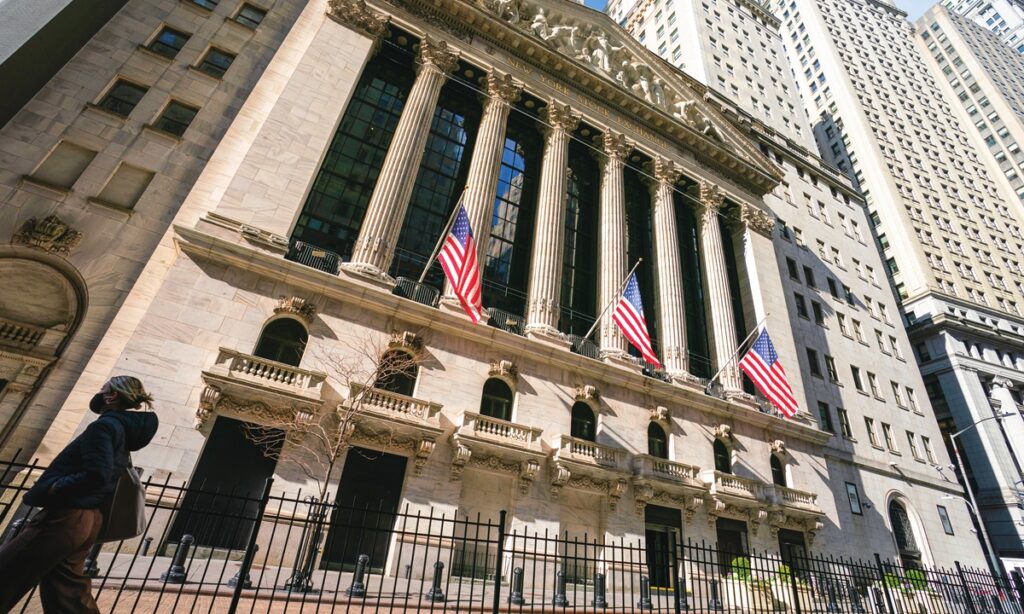U.S. Bank Stocks Continue Decline Amid Cautious Executive Outlook
In recent trading sessions, U.S. bank stocks have experienced a significant downturn as investors digest the cautious forecasts presented by top executives across the financial sector. The ongoing decline reflects growing concerns over several economic factors, including rising interest rates, potential recession risks, and tightening regulatory pressures, which are contributing to heightened uncertainty for banks and their future profitability.
Executive Caution Signals Market Concerns
The tone set by senior bank executives has been noticeably somber in recent weeks, with many expressing concerns about the broader economic landscape. During earnings calls and investor briefings, major banks such as JPMorgan Chase, Bank of America, and Citigroup have pointed to a range of factors likely to weigh on their performance in the near term. These include slowing consumer demand, rising borrowing costs, and potential loan losses as economic conditions tighten.
Bank leaders are also wary of the Federal Reserve’s aggressive interest rate hikes aimed at controlling inflation. While higher rates typically benefit banks by increasing net interest margins, they also increase the risk of default for consumers and businesses already stretched by the cost of borrowing. This has left many banks in a delicate position, with some warning of a possible credit crunch if economic conditions worsen.
Rising Rates and Economic Slowdown
The Federal Reserve’s persistent rate hikes have been a double-edged sword for the banking sector. On the one hand, higher interest rates boost profit margins on loans. On the other, they dampen borrowing activity and consumer spending, both critical to bank profitability. With the Fed signaling that rates will likely remain elevated for an extended period, banks are adjusting their outlooks accordingly.
The potential for a slowdown in loan growth is one of the biggest concerns. As borrowing costs increase, demand for mortgages, personal loans, and business financing is expected to decline. For instance, mortgage originations have already slowed dramatically as homebuyers face the highest rates in decades. Meanwhile, businesses may also pull back on expansion plans, further shrinking demand for corporate loans.
Regulatory Headwinds and Capital Requirements
Another factor weighing on bank stocks is the increasing regulatory scrutiny in the wake of the recent banking turmoil earlier this year, which saw the collapse of several regional banks. Regulators are now pushing for stricter capital requirements and risk management measures to ensure banks are better prepared for future shocks. While these measures are intended to safeguard the financial system, they could also place additional burdens on banks, limiting their ability to deploy capital and grow their businesses.
Larger banks are facing more stringent rules on capital buffers, which require them to hold more capital in reserve to guard against potential losses. While these rules are designed to enhance the stability of the financial system, they can also reduce the amount of capital available for lending and investment, thereby squeezing profitability.
Investor Response and Market Outlook
Investors have reacted to these developments with a wave of sell-offs, pushing bank stocks lower. The S&P 500 Financials Index, which tracks the performance of large financial institutions, has underperformed compared to the broader market. Analysts note that investors are becoming increasingly cautious as they weigh the potential impact of an economic slowdown on the banking sector’s earnings.
Additionally, some investors are concerned that if inflation remains persistent and interest rates stay high, banks could face a more prolonged period of reduced profitability. The potential for rising loan defaults and declining credit quality also adds to the uncertainty, making it harder for investors to predict the sector’s trajectory.
Conclusion
U.S. banks are grappling with a confluence of challenges that are prompting investors to reassess their outlook on the sector. With executives issuing cautious forecasts and economic conditions showing signs of stress, the road ahead for banks looks uncertain. Rising interest rates, potential regulatory changes, and a slowdown in loan demand are all factors that could weigh on bank profitability in the coming months. Investors will be closely monitoring how these dynamics unfold as they decide whether the current stock declines present a buying opportunity or signal deeper trouble ahead for the financial sector.
4o



